Aircraft the basis : Aircraft are flown, strangely enough, by pilots – normally two of them seated sidebyside with the captain seated on the left of the aircraft in what is referred to as the cockpit or flight deck.
The captain wears four gold bars on his or her epaulets. The First Officer seated at his right wears three or less. These bars are an indication of experience. The First Officer is often referred to as the copilot, and they share the flying responsibilities, which are one and the same for both pilots. That is to say, they take turns flying what we call ‘legs.’ Legs are a trip from point A to point B involving one take-off and subsequent landing. A four leg day would therefore involve four take-offs and landings. During a leg, one pilot is the driver or the person who flies the aircraft, and the other is the support or copilot. Each pilot has duties for each position, be they the pilot flying the aircraft or the pilot performing copilot duties. The captain working with the crew carries the ultimate responsibility for the safety and security of the aircraft. This is a huge responsibility and is governed by the aviation regulatory authority under which the Airline Operator’s Certificate (AOC) is registered, including relevant international laws.
Cabin Crew
The authority under which the AOC is held also governs the number of flight attendants headed by a Cabin Manager that an aircraft will require to operate with. In the US, it is a ratio of 1 flight attendant to 50 passengers. In Australia and the UK, it is 1 to 36 and 1 to 40, respectfully.
The Cabin Manager has the responsibility of liaising with the captain and managing the cabin crew, operation and service. The crew (this could be you) are responsible for the safety for the passengers on board.
Where’s the left and where’s the right?
The LEFT and RIGHT sides of the aircraft are identified as though facing the front of the aircraft.
The LEFT side is often referred to as the port side. Once you remember that port is left, then starboard must be the RIGHT-side – when facing the front of the aircraft.
The port and starboard sides also carry identifying coloured lights. RED on the port side (same colour as Port wine) and Green for the starboard side. The tail has a white light, and the underbelly of the fuselage and cabin top have RED lights. These are navigation lights.
The engine configuration is two engines. For two engine aircraft, as is the A320, the number one (#1) engine is the left, or port, engine and the number two (#2) engine is the right, or starboard, engine.
The front of the aircraft is the nose (or pointy end), and the rear is the tail. The body of an aircraft is sometimes called a fuselage, unless it’s on an incident report or TV, where it is often referred to as the ‘hull.’
The aircraft is divided up into 3 sections:
1. The front is referred to as Forward (FWD) Cabin;
2. The middle is the Mid (M ID) Cabin; and
3. The back is the Aft(AFT) Cabin.

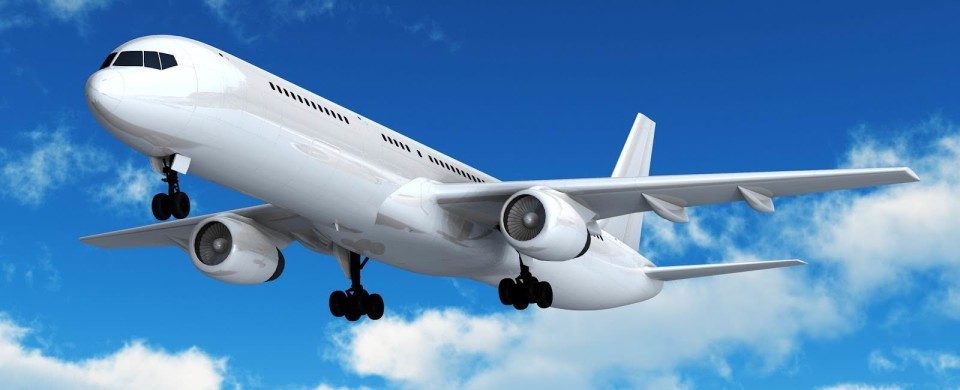
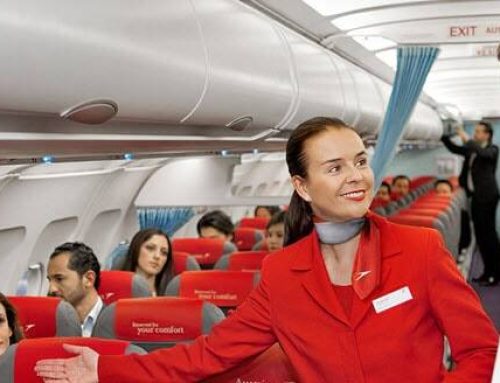
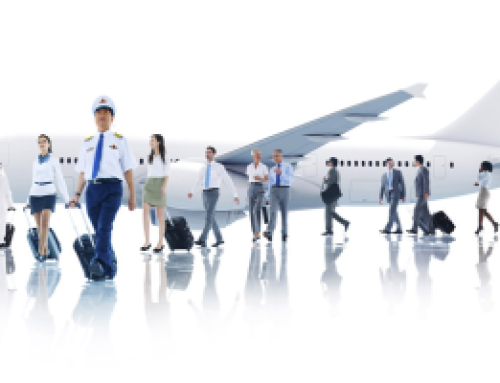
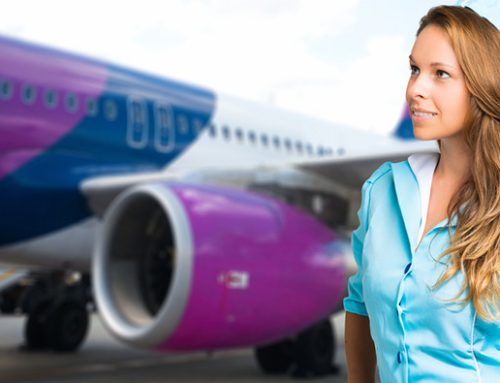
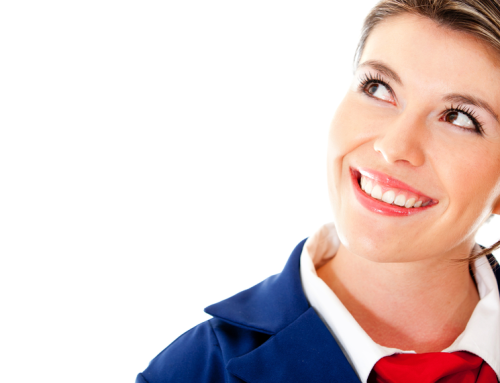
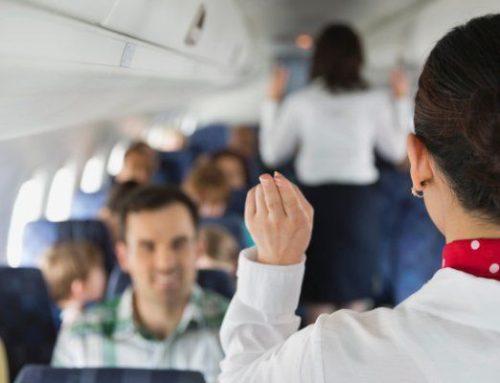
Leave A Comment
You must be logged in to post a comment.